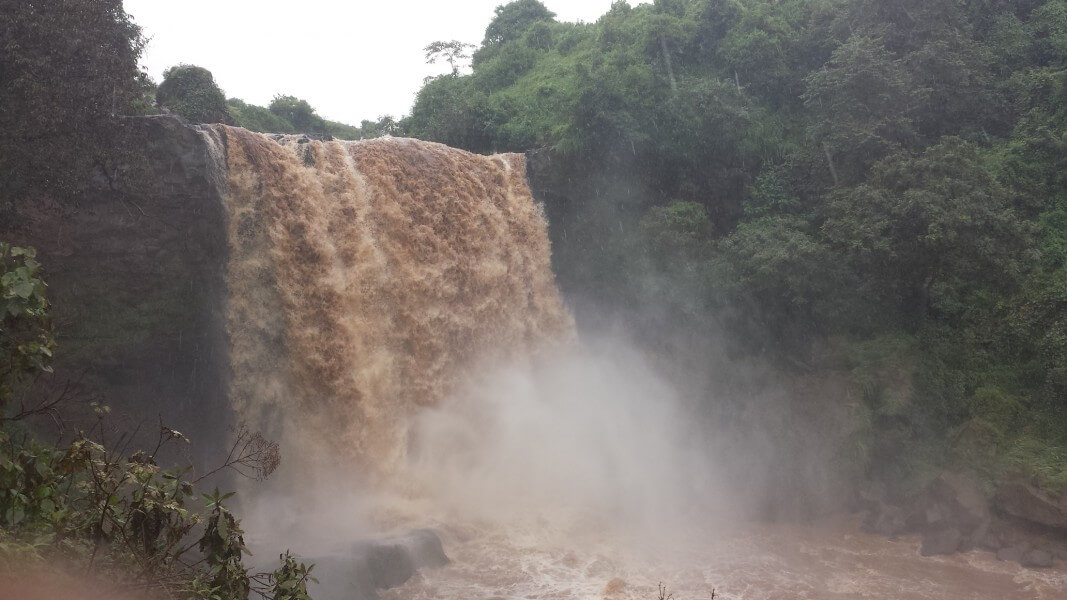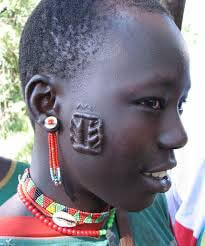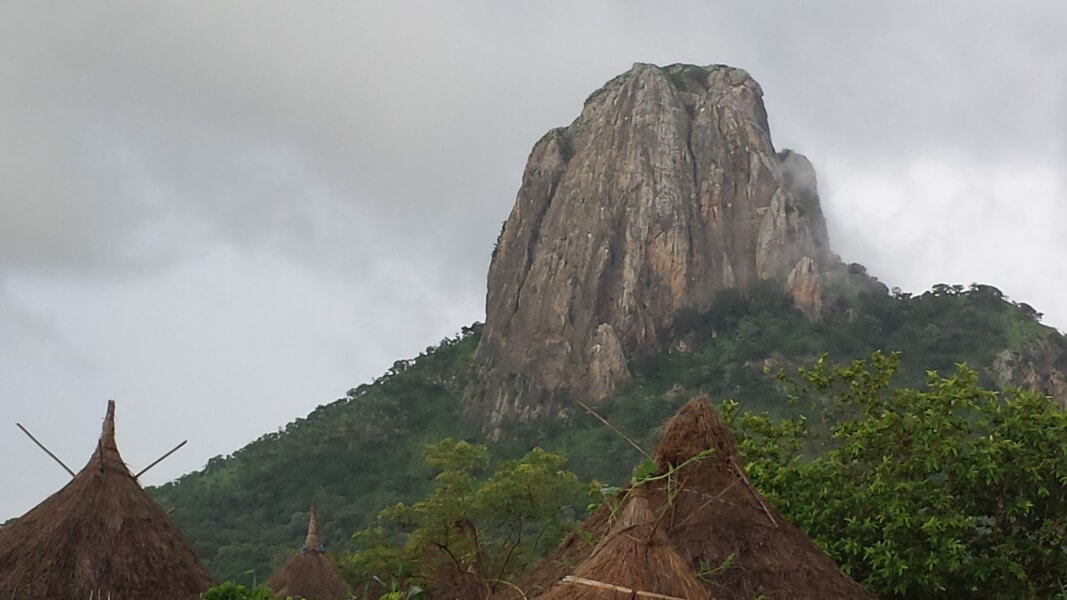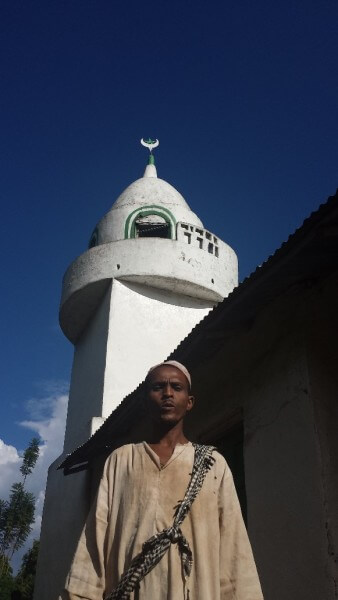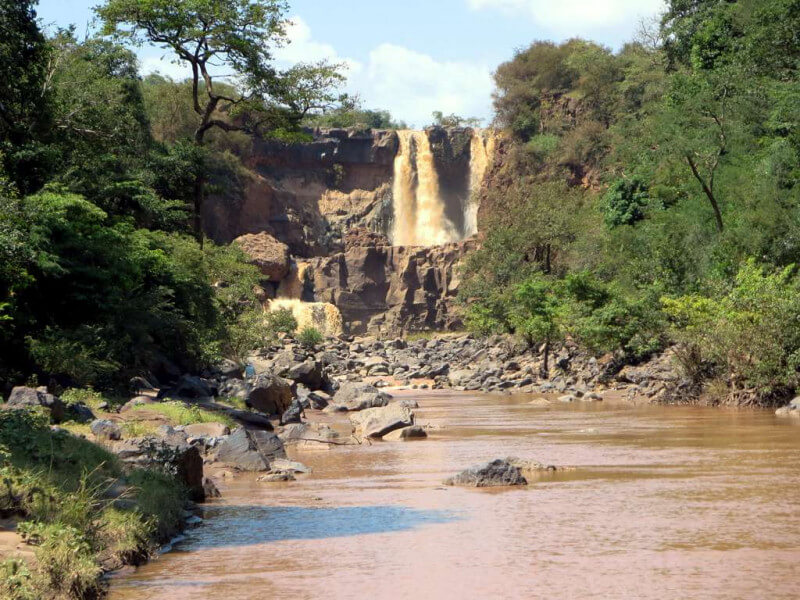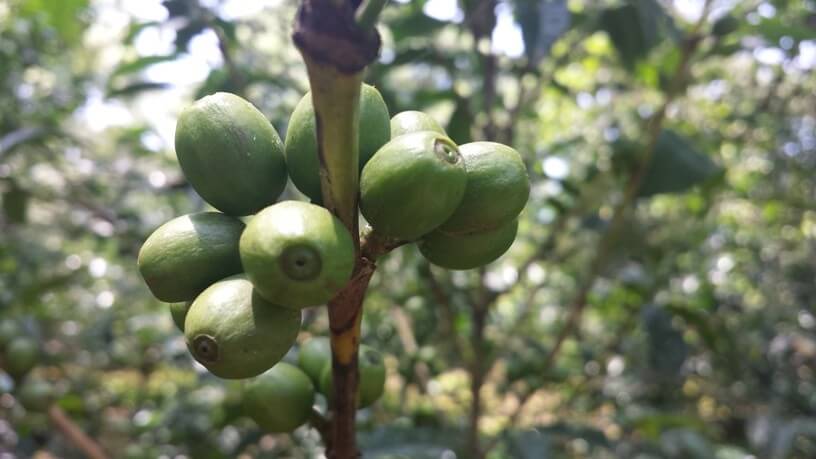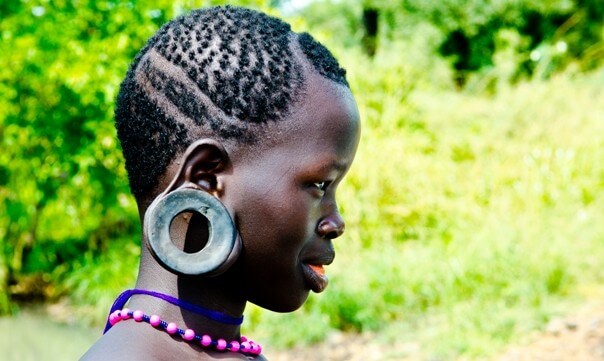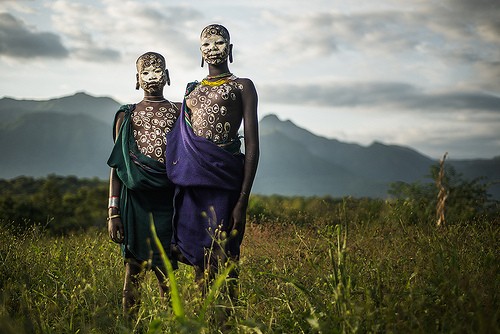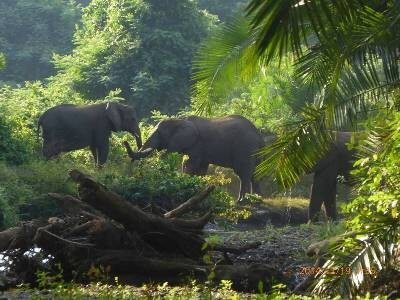Drive from Kibish to Bonga. Bonga is the heart of the Kaffa region where coffee was found for the first time. In the old administrative system Bonga was Capital to the keficho-Shekicho people and Mizan Teferi to Bench-Maji and all together forming the Kaffa region, where the present day Jimma is acting
as general capital for all places and people mentioned above. As the name Kaffa (sometimes also spelled Kaffa) indicates, the area represents the cradle of the coffee plant (of the highland variety "arabica"). Moreover, the area, enjoying an abundance of rainfall, is home to Ethiopia’s most important reserves of rain forest. However, timber processing, fuel wood consumption and general population increases with growing demands for arable land have led to deforestation. The main food crops include Enset ("false banana") and maize, which are also the staple foods, as well as wheat and barley. Coffee and tea (there is a large tea plantation in Wishwish 15 kilometres west of Bonga) are the major cash crops exported to Addis Ababa and from there to the international markets. Food production in this zone, which enjoys plenty of rainfall, is sufficient to support the population of an estimated one million. While the majority of the population is composed of the ethnic groups of Shekicha and Keficho respectively, some Amharas, Oromos and Tigreans have also settled in the zone, particularly in urban areas. The cultures and languages (Kaffigna, Shekigna) of the two major groups are closely related
Read more
Hotel


